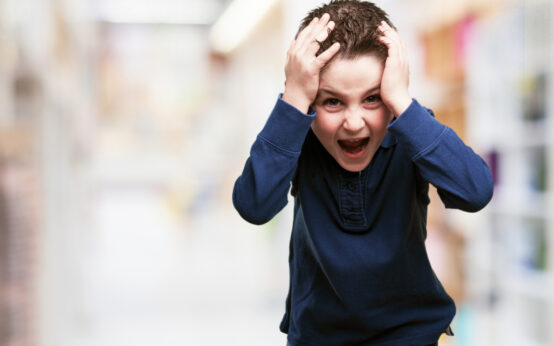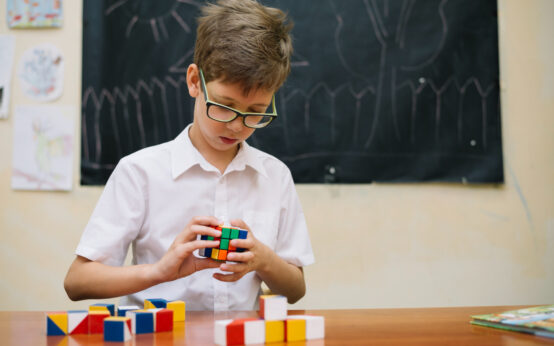Introduction
Face blindness, scientifically termed prosopagnosia, is a condition characterized by individuals experiencing difficulty in recognizing faces. Unlike issues related to vision or memory, this phenomenon is associated with abnormal functioning of the fusiform gyrus in the brain. Whether congenital or acquired, the intriguing connection between face blindness and autism, particularly in children, adds an extra layer of complexity to our understanding of these conditions.
Understanding Face Blindness
Face blindness, or prosopagnosia, entails challenges in recognizing faces despite having normal vision and memory. Individuals with this condition frequently rely on non-facial cues such as hair color, voice, and body shape for identification, compensating for the difficulties they encounter in facial recognition.
Two Types of Face Blindness:
- Congenital (Developmental) Prosopagnosia:
Congenital prosopagnosia, present from birth or early childhood, leads individuals to grapple with recognizing close family and friends. They often depend on non-facial cues as a compensatory mechanism due to the inherent difficulty in facial recognition. - Acquired Prosopagnosia:
Acquired prosopagnosia, stemming from brain damage, manifests in individuals who once had normal face recognition abilities. This condition can be a consequence of factors such as stroke, traumatic brain injury, or neurodegenerative diseases.


Autism unveils a unique spectrum of challenges, shaping a world with diverse perceptions. In contrast, face blindness casts a veil over the familiarity of features, creating a distinct journey where recognition wears an elusive mask.
Kamil Ali
The Connection between Face Blindness and Autism
Autism Spectrum Disorder (ASD) affects social interaction, communication, and behavior. Research shows a strong link between face blindness and autism, with about 66% of children with ASD experiencing difficulties recognizing faces. Face processing challenges contribute to social communication difficulties in children with ASD.
Eye Contact Autism and Face Blindness
The discomfort individuals with ASD experience with eye contact, known as “eye avoidance,” may contribute to face blindness. Studies indicate that face blindness affects 36 percent of adults with autism, suggesting a connection between social interest, eye contact, and face recognition difficulties.
Implications for Treatment and Support
Understanding the link between face blindness and autism is crucial for formulating effective treatments. Therapies can focus on teaching children to pay more attention to faces or use alternative clues for identification. Recognizing this challenge helps parents, teachers, and peers be more patient and understanding, fostering a supportive environment for autistic children.
Conclusion
The overlap between face blindness and autism highlights the intricate nature of ASD. Recognizing and understanding this link allows for more personalized support, creating an environment where every child feels understood and accepted. Continual research into the link between autism and face blindness holds the promise of providing better support and enhancing the quality of life for children with Autism Spectrum Disorder (ASD).







